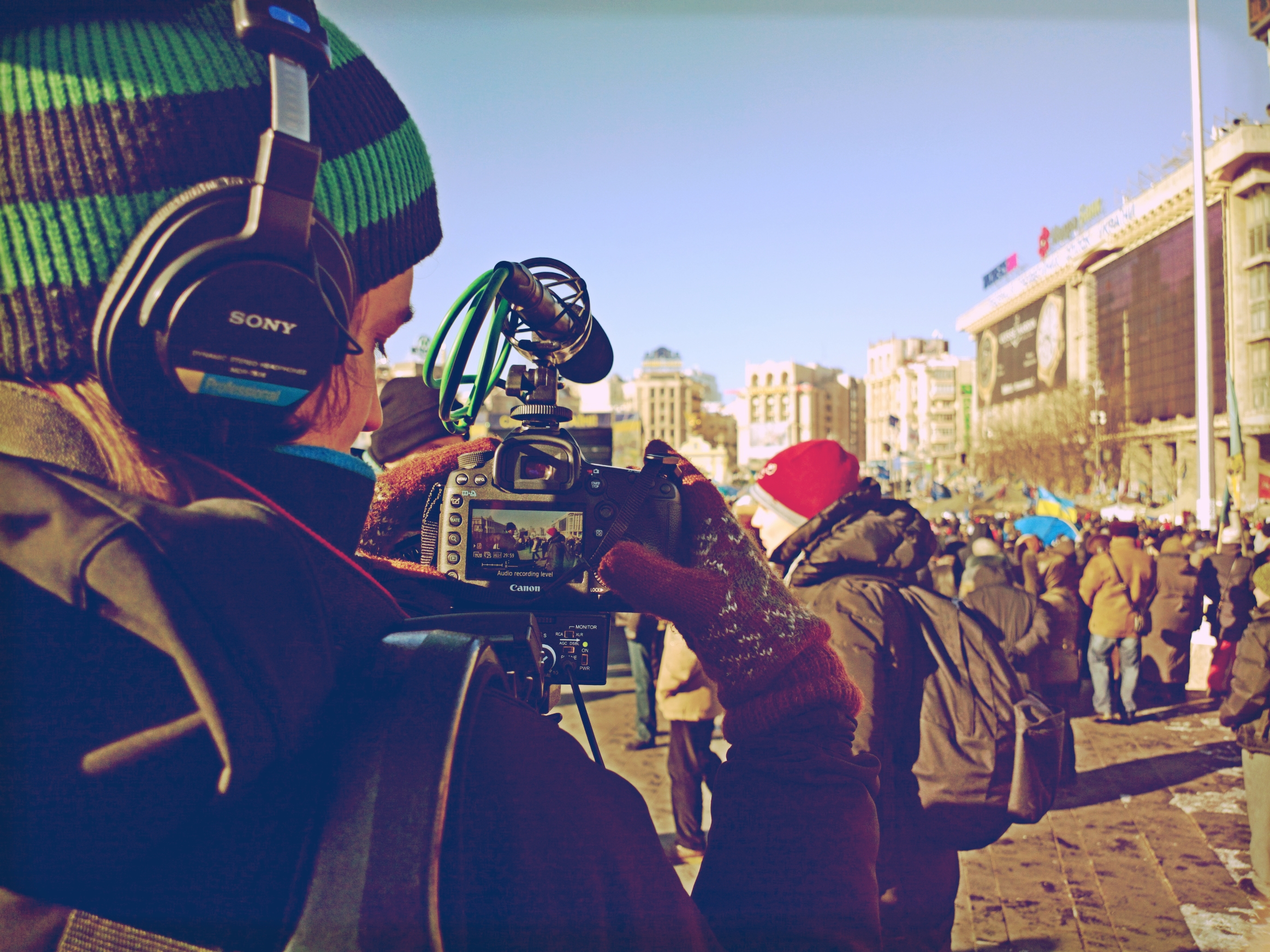In the era of misinformation, Amnesty International—rather than a major news organization—provides tools for ensuring accuracy in the media. Launched today, Citizen Evidence Lab is an outstanding resource for journalists, or anyone else, for assessing whether videos are real or fake. Amnesty’s agenda is straightforward: “To assist human rights researchers to systematically assess citizen videos that depict potential human rights violations”. However, benefits for news gathering cannot be overstated.
Hat-tip goes to Nieman Journalism Lab for posting about the tools, which include a step-by-step how-to guide that “integrates best practices of citizen video authentication and brings the myriad of required verification steps into one, linear format”, according to Amnesty. There are lots of useful tools here, and I strongly encourage review of these how-to ones, many of which predate today’s launch. That makes me wonder how much is really new versus packaged as a new resource. Regardless, Amnesty serves a cornucopia of valuables for anyone actually willing to do the work of validating videos. I worry too few news gatherers will make the effort.
Authentication anything is something too often missing, with the rush to post first to gain pageviews and prominent Google News placement and verify later, if ever. I criticize this practice in now aged-post “The Difference Between Blogging and Journalism” and in recent book Responsible Reporting: Field Guide for Bloggers, Journalists, and Other Online News Gatherers.
For the next few weeks, if not longer, I try not to use Google products or services as I also go “Microsoft All-In“. It’s an experiment, nothing more. Citizen Evidence Lab compelled me to cheat a little, since the focus is mainly YouTube, and reviewing the material matters more than some geek-obsessed experiment.
I sold my beloved Chromebook Pixel and used the money to partially fund purchase of Surface Pro 3. Using Windows 8.1 and Office 2013, after relying on Chrome OS and Google Docs for so long, is strange but surprisingly satisfying.
Adapting to something different takes time and effort, as does validating whether or not that seemingly compelling YouTube video is legitimate or propaganda.
Photo Credit: Teteria Sonnna
